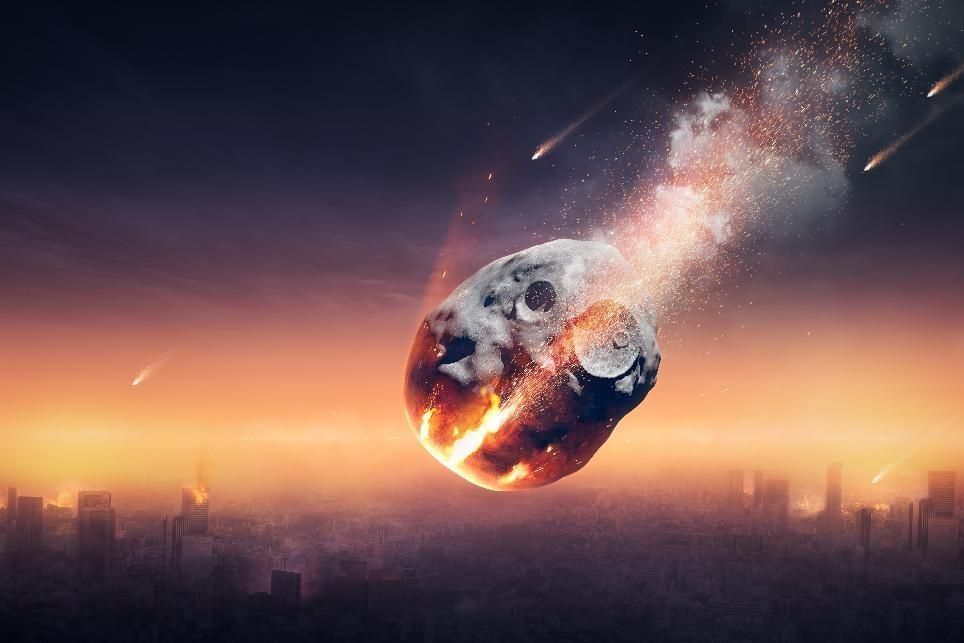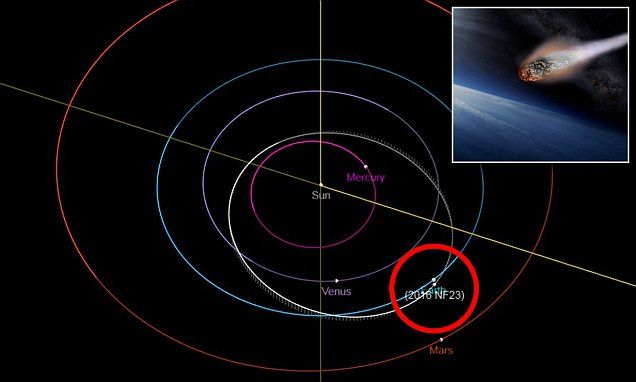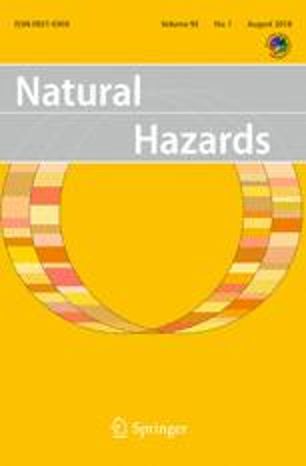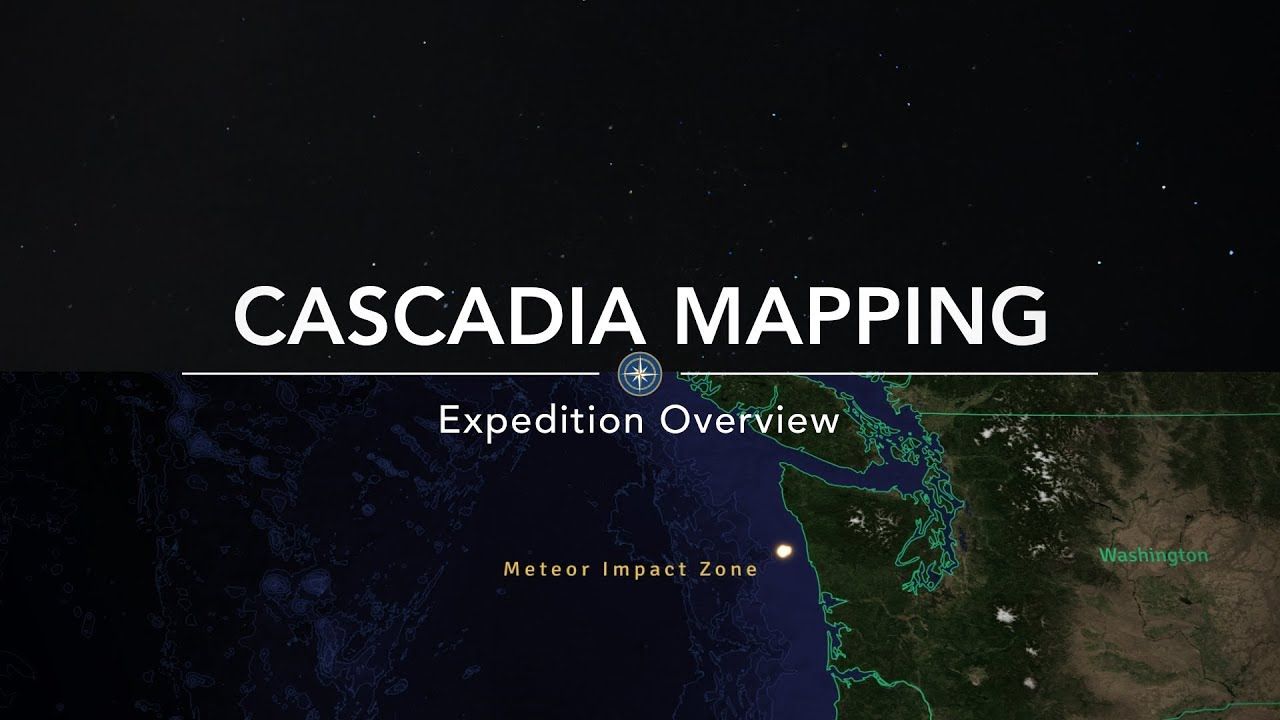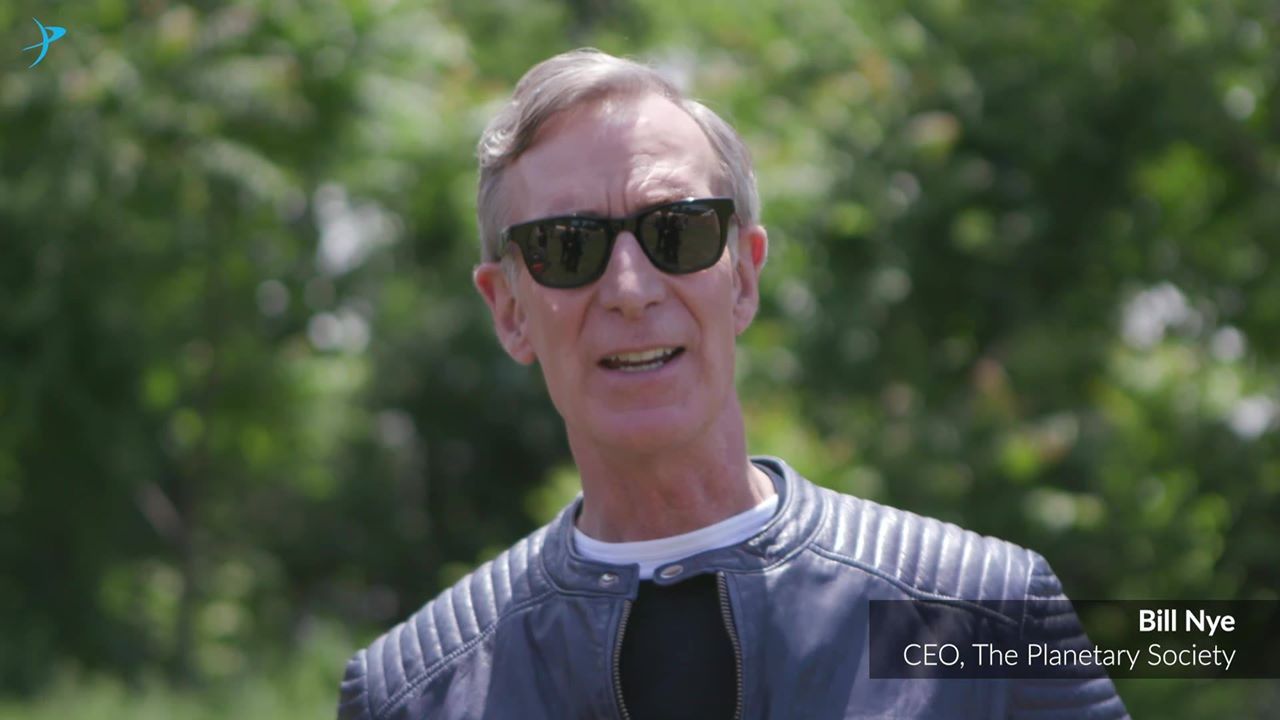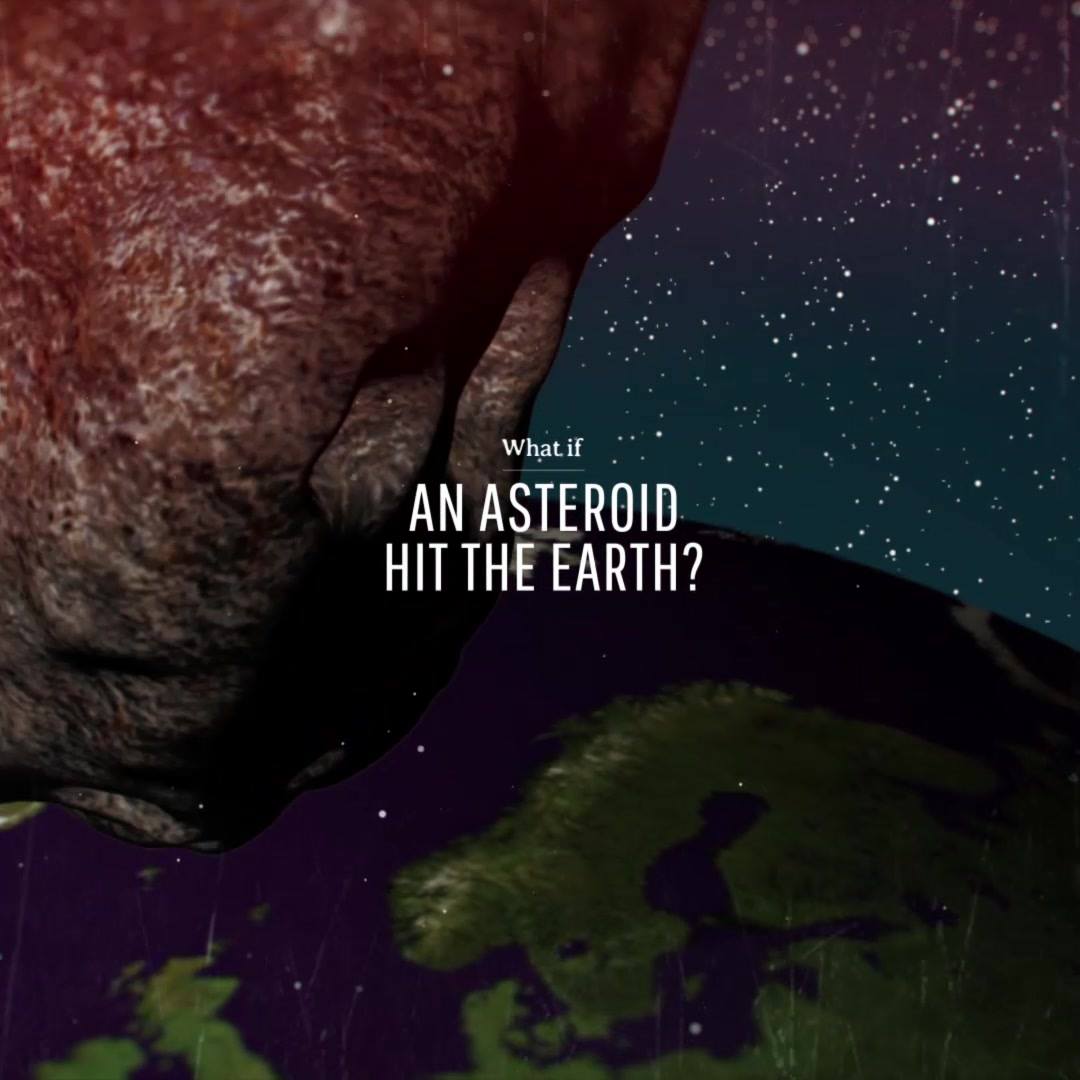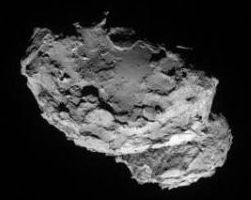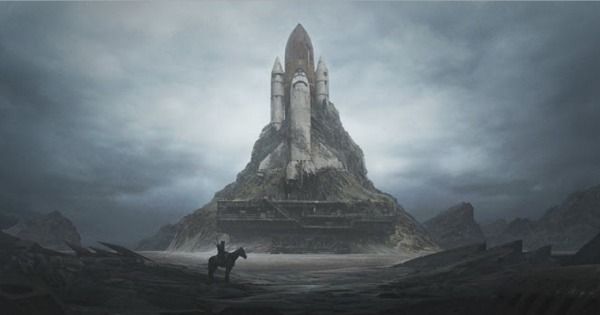Aug 24, 2018
‘Potentially hazardous,’ 500-foot asteroid set to zoom past Earth at 20,000 mph
Posted by Alberto Lao in categories: asteroid/comet impacts, existential risks
NASA — National Aeronautics and Space Administration has issued an alert that a “potentially hazardous asteroid” is on a “close approach” towards Earth.
NASA has issued an alert that a “potentially hazardous asteroid” is on a “close approach” toward Earth. However, it’s nothing to be alarmed at, as the asteroid is expected to zoom past the planet approximately 3 million miles away.
The enormous space rock, known as asteroid 2016 NF23 and estimated to be between 230 and 525 feet in diameter, will zip past Earth on Aug. 29 at a velocity of 9.04 kilometers per second, or approximately 20,000 miles per hour, the government space agency said on its Earth Close Approaches page.
Continue reading “‘Potentially hazardous,’ 500-foot asteroid set to zoom past Earth at 20,000 mph” »
